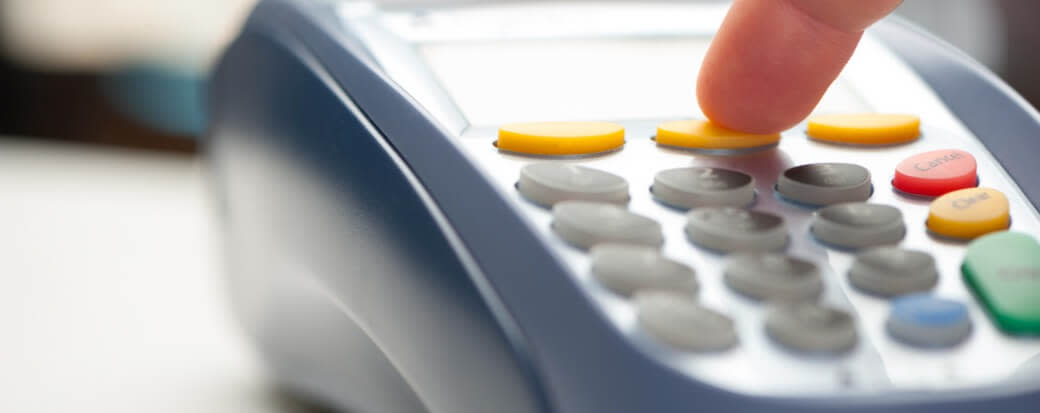How Do Refunds on Credit Cards Work?

Share this article:
Editor’s note: Lantern by SoFi seeks to provide content that is objective, independent, and accurate. Writers are separate from our business operation and do not receive direct compensation from advertisers or network providers. Read more about our Editorial Guidelines and How We Make Money.
What Is a Credit Card Refund?
How Do Refunds Work on Credit Cards?
Let’s say a customer named Sam pays for their purchase at Chic Boutique with a credit card. From there, Chic Boutique will submit Sam’s card information and transaction details to its bank for authentication and authorization using a payment processor. The request then flows to the credit card company, which in turn submits the request to the cardholder’s bank. If the transaction is approved, the communication flows back through the same channels and Chic Boutique is notified that the transaction is authorized. The issuing bank then sends the payment to the merchant’s bank.
How Long Does It Take for a Refund to Appear on the Credit Card?
Is a Credit Card Refund a Payment?
What Happens If I Have a Negative Balance After a Refund on My Credit Card?
Does a Refund on Credit Cards Affect My Credit Score?
Does a Refund on a Credit Card Affect My Rewards?
Other Credit Card Refund Methods
The Takeaway
Frequently Asked Questions
Photo credit: iStock/courtneyk
LNTCC-Q425-003
About the Author
Nancy Bilyeau writes about student loans, mortgages, car insurance, medical debt and many other finance topics for Lantern. A veteran of the magazine business, she has edited stories on personal finance for Good Housekeeping and DuJour magazines and has written articles for The Wall Street Journal, Readers' Digest, Parade, Town & Country and Lifetime/A&E, among others. She is a graduate of the University of Michigan.
Share this article: